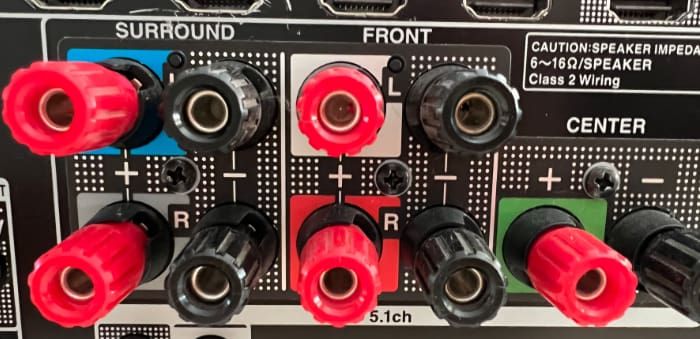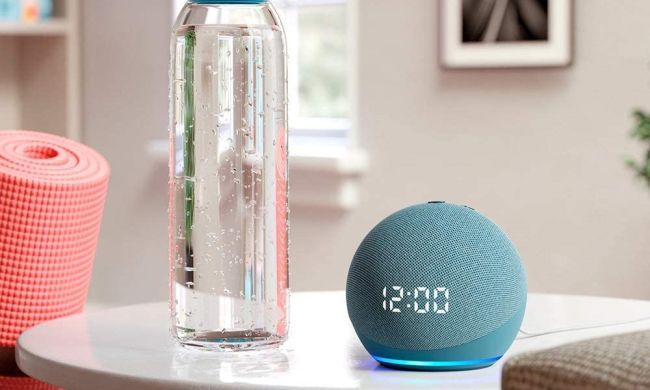Quick Links
If you're building a whole home audio system, you need more speakers than a standard hi-fi or home theater setup. But do all your components need to be the same brand, or can you mix and match?
Know Your Whole Home Audio System
Unlike a single stereo setup in a given room, whole home audio fills your home with music using speakers placed strategically throughout. If your home is larger, this means that you'll probably need a fair number of speakers, and these aren't exactly cheap.
Whether you can mix and match different components throughout your home will mostly depend on what you're already using. Wired home audio systems are less common and more difficult to set up, but you'll generally have more freedom to mix and match components.
Wireless whole home audio speakers are more common lately, and they're easier to both set up and use for listening to music. The downside is that because these are much more technologically advanced than a typical wired setup, they're more expensive. They also often use proprietary technology that makes using them with other manufacturers' products difficult.
With the above in mind, that doesn't mean that you can only ever use one brand of wireless multi-room speakers. It also doesn't mean that every single speaker will work with your wired setup.
Mixing Components for Wired Whole Home Audio
As mentioned above, it's less likely that you have a wired whole home audio system, as they're more involved to set up. That said, if you do have a wired system, you're in luck when it comes to upgrading or adding components.
With a wired setup, you won't typically need to worry about which brand makes a certain speaker or component. Speakers and other components are "dumb" compared to wireless and smart speakers, so you don't need to worry about a speaker not working simply because it's another brand.
That said, you must make sure that a given speaker will handle the wattage that your amplifier delivers. If you're using a low-wattage speaker with a high-wattage amp, the speaker will blow. You'll also need to make sure to match impedance between your speakers and amplifier.
For the most part, audio components use standardized connectors and cables. That said, there are a handful of different types of connections used in audio systems, so you may have to swap out the occasional cable.
Mixing Components for Wireless Whole Home Audio
Wireless whole home audio systems might be easier to set up and use, but they're quite a bit trickier when it comes to mixing and matching between brands.
Wireless multi-room speakers are self-powered, more often than not using class D amplifiers, which let them pump out considerable volume without needing to take up too much physical space. This not only means no wires aside from a power cable, but it means that you don't need to worry about wattage, impedance, or often even needing a standalone amplifier.
The downside here is that most brands are only concerned with interoperability between their own products. That means that if you have a few Amazon products, like the Amazon Echo and the Echo Dot for example, they'll work together, but they won't work seamlessly with your Apple TV.
That said, more and more smart speakers and whole home audio solutions are starting to support technologies that work across brands. The two most common are Apple's AirPlay 2 and Google's Chromecast.
Both AirPlay 2 and Chromecast are first and foremost meant to work with Apple and Google devices, respectively, but also work with third-party devices. For example, you could play a song from Apple Music on your Apple HomePod mini and a TV with AirPlay 2 built-in.
These technologies aren't available in every product, so if you have mixing and matching in mind for the future, keep this in mind when making your initial purchase.
If You Can, Stick With One Brand
While various whole home audio components can mix and match, in our experience, it's almost always a headache of some sort. This applies mainly to wireless systems, but even with wired whole home audio, you'll often have an easier time if you stick to the same brand.
Obviously, there are times when you've got an existing system that you can't realistically upgrade with the same brand, but if you're starting from scratch, keeping everything under one brand's umbrella is the simplest way to go.



